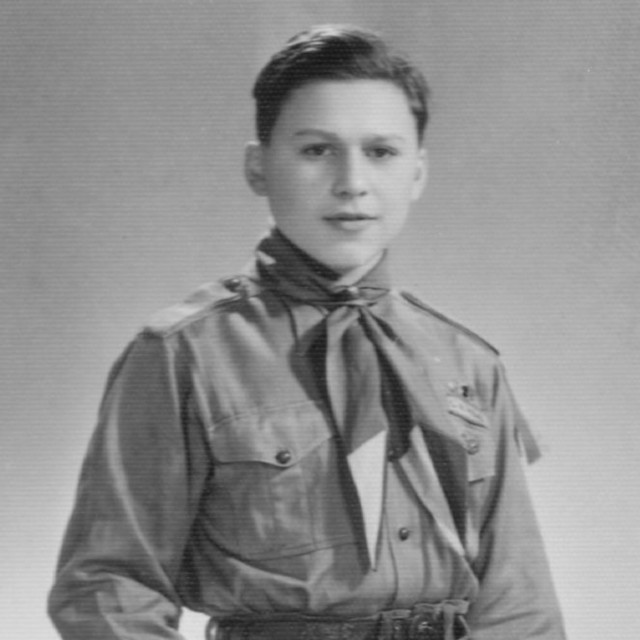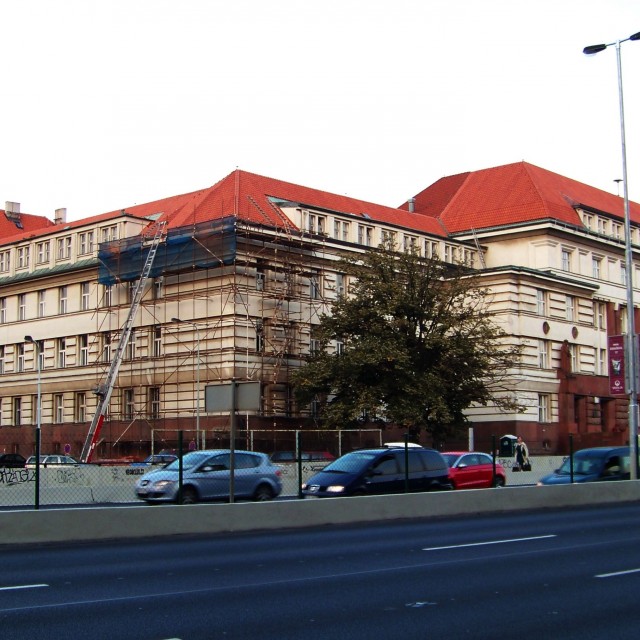Putting yourself into the thinking of the enemy
František Wretzl surrendered himself to the Gestapo in the Petschek Palace on July 10, 1944. He knew that the Gestapo was after him and he wanted to prevent them from searching the apartment where he lived with his mother and where he was hiding incriminating items. He said to his mom that he’d just give some testimony and that he’d take dinner with him. After harsh interrogation at the “Pečkárna” he was transported to the Pankrác prison in the evening with the other prisoners. They were lined up in the corridor outside their cells. František was already hungry and had a piece of bread with meat in his jacket pocket. Finally he found the courage and attracted the attention of the supervising SS-man. “I said to myself that I have to empathize with his thinking and act as he would act himself. I attracted his attention and said loudly: ‘I have in my pocket a piece of bread, may I eat it?’ He looked at me for a while and then graciously allowed me to eat it. But the prisoner next to me was hungry, too, and he wanted me to share the piece with him. It was a risk but I gave him a piece and told me to put it into his mouth all at once so the SS-man wouldn’t notice it.”
Hodnocení
Hodnotilo 0 lidí
Routes
Not a part of any route.
Comments
No comments yet.




